"Without the support, none of this would have happened"
The Finnish jewelry designer Tytti Bräysy’s life took a very positive turn thanks to the university collaboration network UArctic.
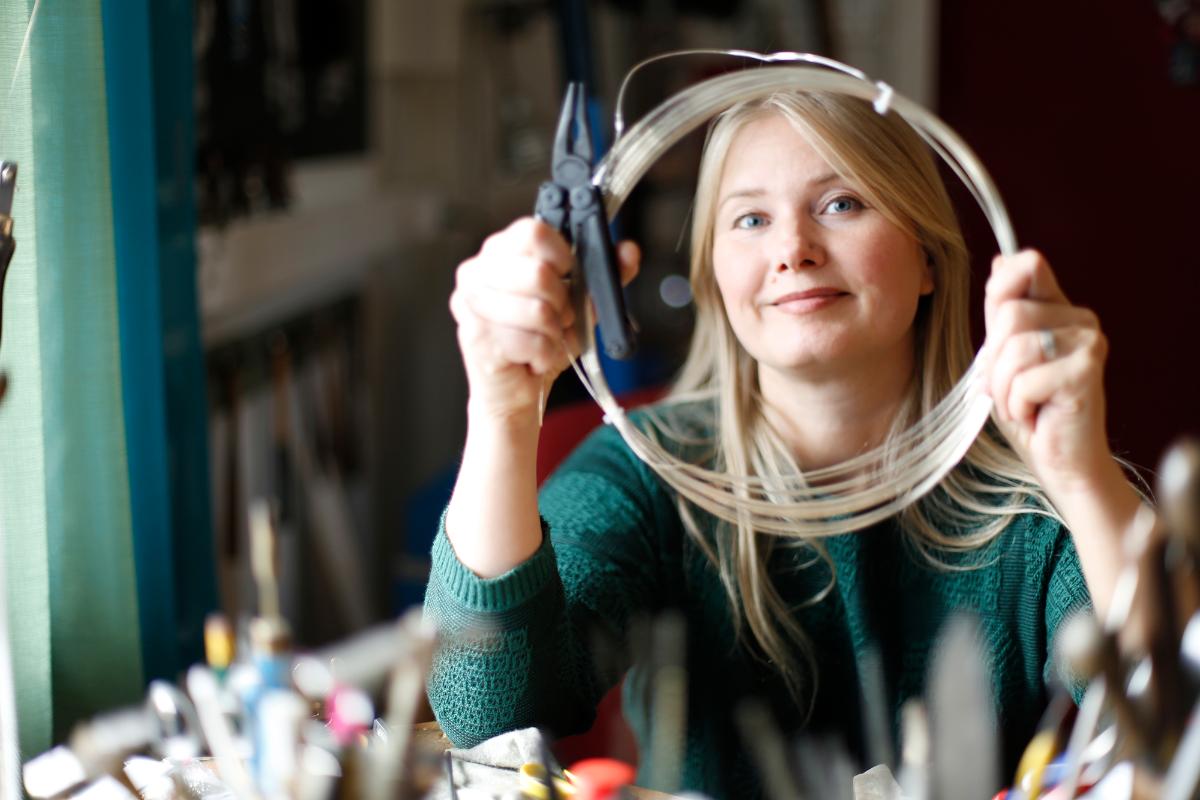
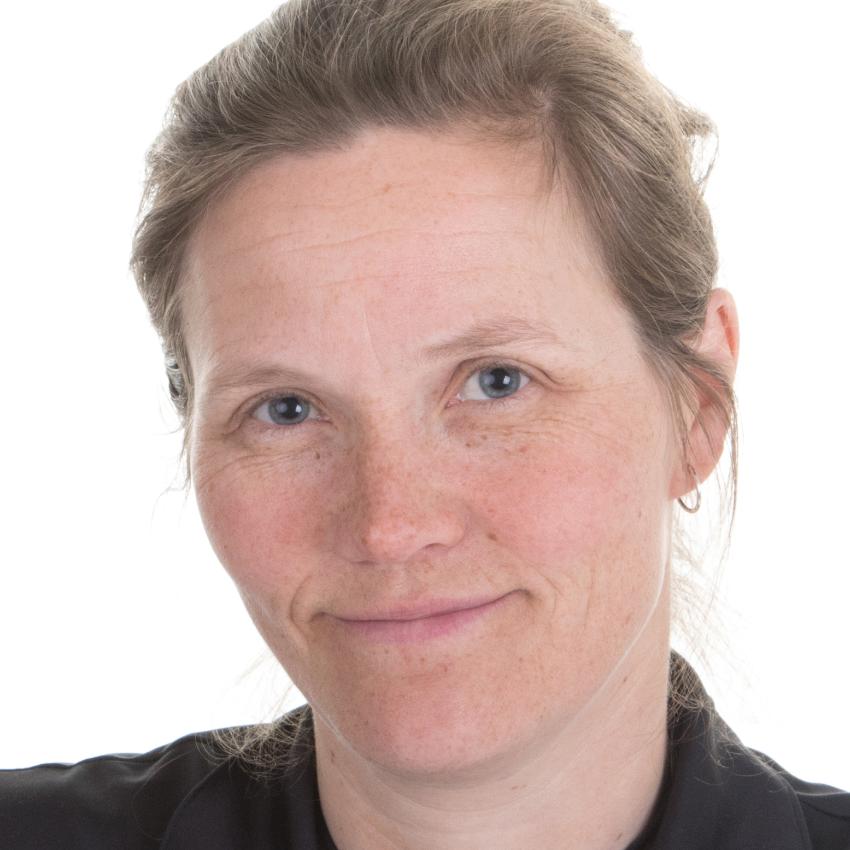
Tytti Bräysy is a graphic designer and jewelry maker, educated at The Sami Education Institute in Finland. She was already familiar with Sámi culture in the Inari area and wanted to learn more about indigenous cultures above the Arctic Circle. Through the North2North exchange program under UArctic, she had the opportunity to study abroad for three months.
"It was the visits from Canadian students that gave me the idea. I chose to apply to Nunavut Arctic College in Iqaluit, Canada," says Bräysy, who now combines traditional Sámi design with new influences from Iqaluit, with a focus on nature-based themes such as flora and fauna.
At the same time, she decided to trademark her mother’s surname, Paarma, as a brand name, with the idea that it would one day become the name of her own company.
"I’m glad I did it," she says, adding that her mother passed away just as she was starting her entrepreneurial journey.
A unique model for collaboration
The network UArctic, which now includes 212 universities and institutions globally, has become an important platform for fostering cross-border collaboration in a time marked by geopolitical challenges.
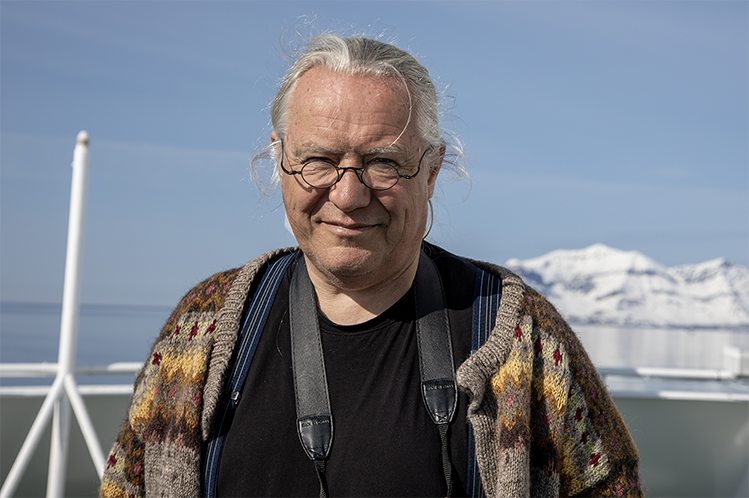
Since the start in 2001, the organization has worked to connect researchers, students, and institutions to strengthen knowledge about the Arctic and contribute to sustainable development in the region. UArctic has succeeded in creating tangible results through collaboration at individual, departmental, and institutional levels, enabling projects that would otherwise have been difficult to realize.
"We’ve managed to move from leaders talking to each other to ensuring that things actually happen on the ground. That has been the key to our success," says UArctic President Lars Kullerud, who is based at UiT The Arctic University of Norway.
Read more about the collaboration: Contributes to local solutions in the Arctic
A driving force for research collaboration
With an annual budget of over 100 million NOK, primarily funded by member institutions and Arctic states, as well as private donations, UArctic is a leading force in Arctic collaboration. The funds are used for researcher support, student mobility, and other collaborative initiatives, making UArctic a driving force in promoting student exchange and research collaboration. Philanthropists like Frederik Paulsen have chosen to invest in projects that promote sustainability and knowledge in the region.
"It’s important to recognize those who take responsibility and use their own resources to solve global challenges. They show that there is a willingness to contribute beyond local interests," says Kullerud.
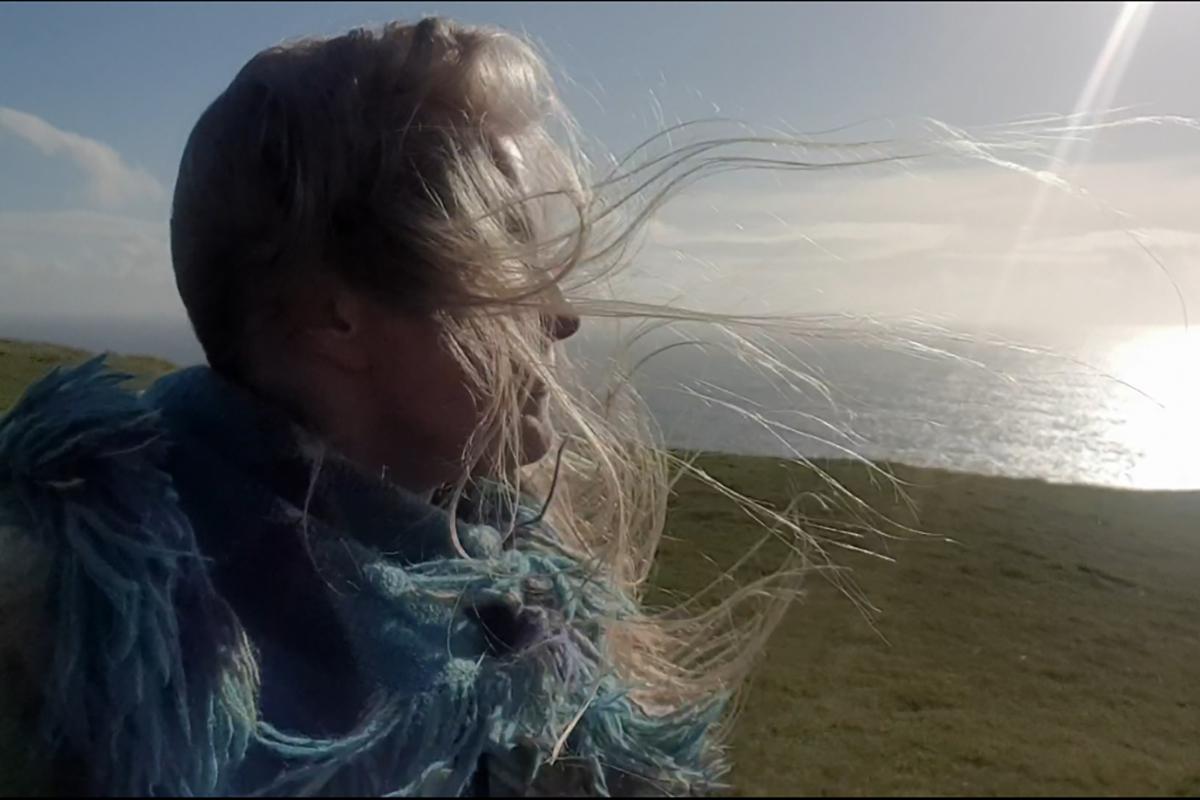
Through thematic networks and projects like Arctic Future Pathfinders – through the Northwest Passage –, the organization helps create lasting relationships between students and researchers. This not only strengthens research but also opens up opportunities for business development and innovation, as exemplified by Tytti Bräysy.
"We see that fieldwork and exchange programs create long-lasting friendships and research relationships. Often, this also leads to new business ideas and collaborations," says Kullerud.
Here you can read the full story of UArctic.
Growing interest in the Arctic
Despite challenges stemming from geopolitical tensions, the interest in Arctic collaboration has never been greater. At the latest annual meeting, 21 new members joined UArctic, a record high. These include universities, research institutes, and other organizations from around the world.
"When so many institutions want to be part of UArctic, it shows that the Arctic is an area of global interest," says Kullerud.
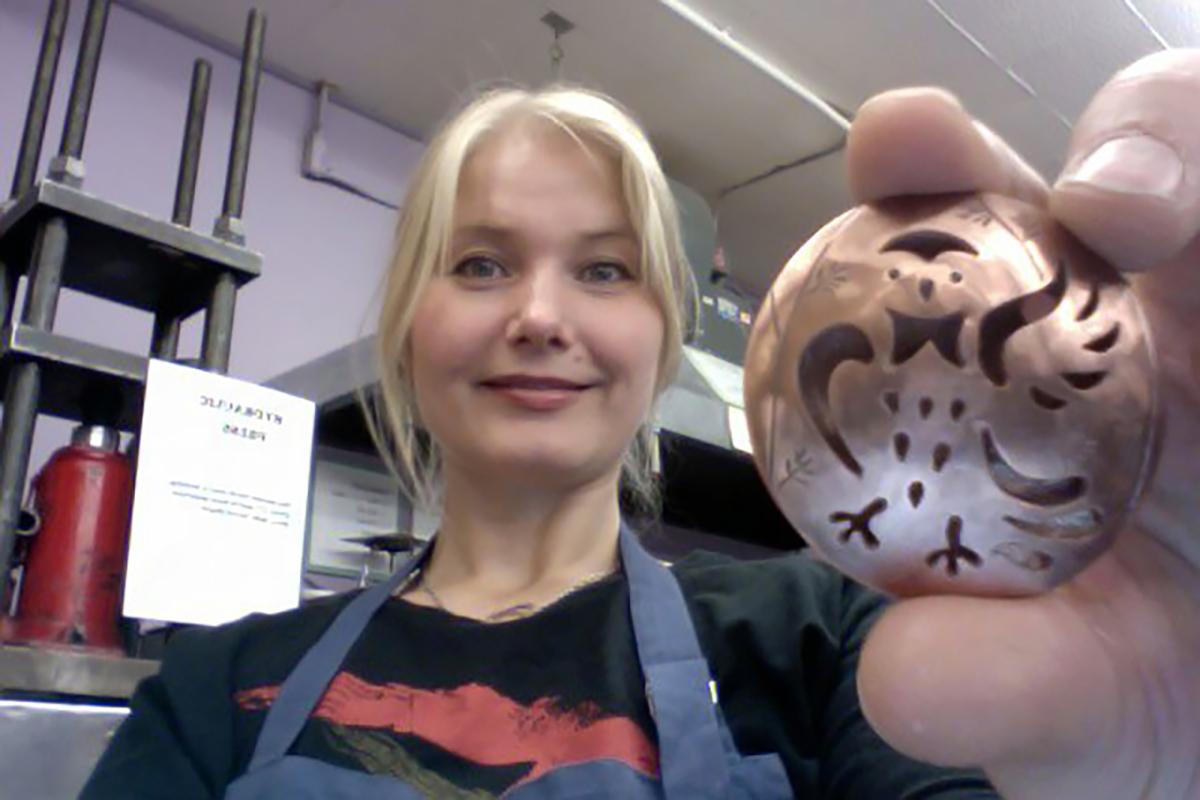
He believes it is also a recognition of what collaboration in the Arctic means.
Making the Arctic a better place
The organization now plans to strengthen its focus on the Sustainable Development Goals and expand its work in areas such as society, climate, green transition, and oceans.
President Kullerud believes UArctic demonstrates that collaboration and knowledge-sharing can overcome even the greatest challenges and that the organization stands as a good example of what is possible when the world works together for a common cause.
"Our goal is to make the Arctic a better place to live for people in the North for generations to come, so that the Arctic can continue to contribute to a better world as a whole," says Kullerud.
For the Finnish jewelry designer, the support she received and the cultural exchange were crucial in shaping her professional life.
"I stayed in the North, and I’m happy here. UArctic gave me the confidence I needed. Without the support to travel to Nunavut, none of this would have happened," says Bräysy.